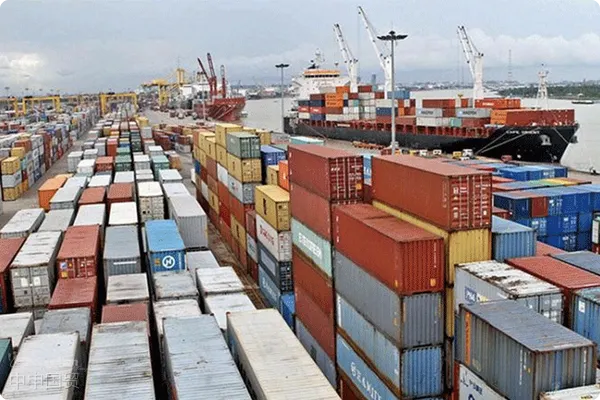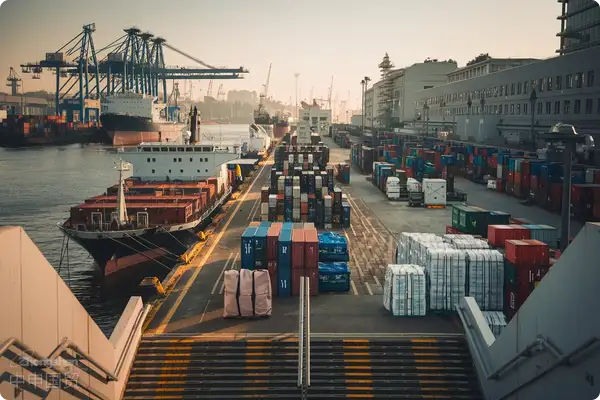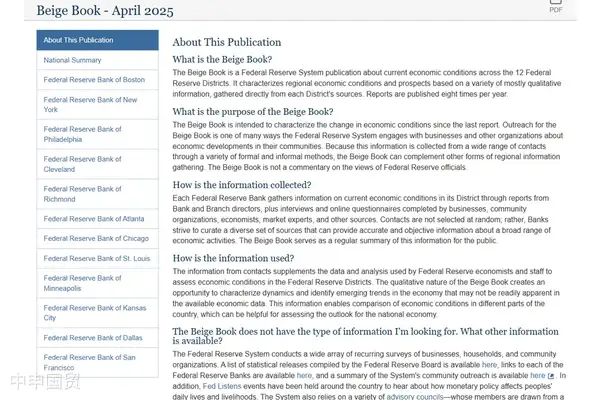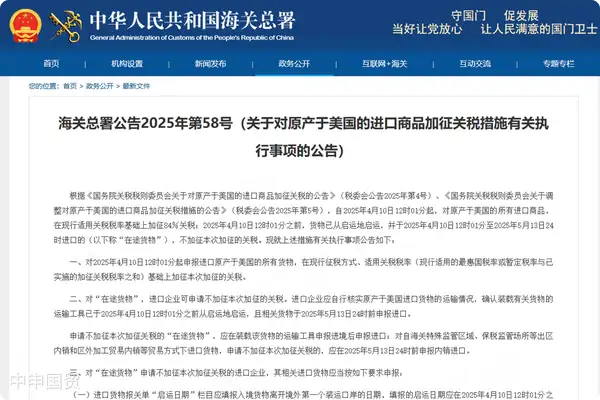- Shanghai Zhongshen International Trade Co., Ltd. - Two decades of trade agency expertise.
- Service Hotline: 139 1787 2118

I. Refrigerationequipment. For example, Indonesia has the SNI certification, Thailand has the TISI certification, and the Philippines has the BPS certification. It is necessary to confirm in advance the equipment voltage (such as 380V/50Hz in Thailand), the compatibility of the CE certification, and the proof of environmentally friendly materials.End-to-end perspective
Latest 2025 statistics show industrial refrigeration equipment import declaration error rates remain high at 18.7%. Professionalforeign tradeagency value lies in breaking down complex clearance processes into manageable modules:
- Pre-declaration stageComplete commodity pre-classification 14 working days in advance
- Manifest transmissionCustoms supervision period begins 24 hours before vessel arrival
- On-site inspectionRefrigerant type determines inspection focus (ammonia system equipment inspection rate reaches 83%)
- Tax Payment2025 industrial refrigeration equipment base tariff rate is 8%, VAT rate remains at 13%
II. Three critical risks and countermeasures
A 2024 case where a cold chain logistics company had $1.2 million equipment detained at port for 47 days due to classification errors serves as a warning:
- A 0.1% deviation in the HS code may lead to the loss of tax refund eligibility (such as the classification difference of power tools between categories 8467.29 and 8467.19)
- Freezer units (HS 84186990) and refrigeration units (HS 84185000) have a 3.5% tariff difference
- Solution: Apply for customs pre-classification ruling (valid for 3 years)
- Documentation completeness crisis
- Mandatory documents: Energy efficiency label filing certificate, pressure vessel manufacturing license
- Special requirements: Fluorinated refrigerants require ODS substance usage filing
- Loss of logistics timeliness
- Port congestion surcharges may reach up to 5% of cargo value
- Recommended solution: Bonded warehouse storage with batch clearance model
III. 2025 qualification preparation new regulations
According to General Administration of Customs Announcement No. 198, special attention is required for refrigeration equipment imports:
- Energy efficiency certification must include COP value test report
- Compressor-type equipment requires additional noise testing certificate
- Used equipment must include original manufacturer service life proof
IV. Comparative Analysis of Practical Customs Clearance Strategies
- Conventional Customs Clearance Mode
- Advantage: Lower single transaction cost
- Disadvantage: Port detention risk factor up to 32%
- Bonded warehousing and distribution
- Can reduce 30% capital occupation cost
- Suitable for multi-batch procurement enterprises
- Customs Duty Guarantee Insurance
- Saves 70% deposit occupation
- Preferred choice for enterprises with annual goods value exceeding $5 million
V. In-depth Analysis of Typical Cases
Case 1: Southeast Asia Refrigeration Unit Import
Failure to identify pressure vessel components in equipment resulted in 40-day supplementary certification processing period. Professional agents recovered 27% port detention losses through split customs declaration strategy.
Case 2: European Precision Temperature Control Equipment Import
Utilizing FTA rules of origin successfully achieved 9.2% tariff reduction, saving over $150,000 in tax expenses.
VI. Customs Efficiency Improvement Roadmap
- Obtaining AEO certification in advance can reduce 50% inspection time
- Using electronic payment system saves 3 working days
- Appointment inspection service reduces 70% waiting time
Related Recommendations
Core Business
Contact Us
Email: service@sh-zhongshen.com
Related Recommendations
Contact via WeChat

? 2025. All Rights Reserved. Shanghai ICP No. 2023007705-2  PSB Record: Shanghai No.31011502009912
PSB Record: Shanghai No.31011502009912









